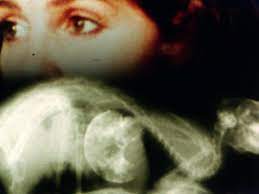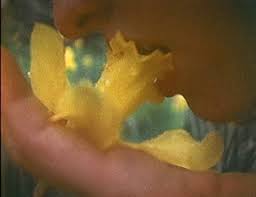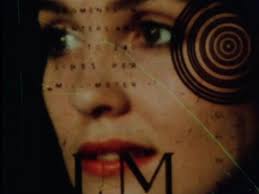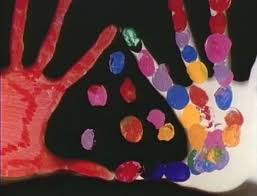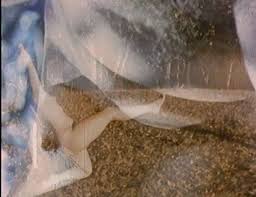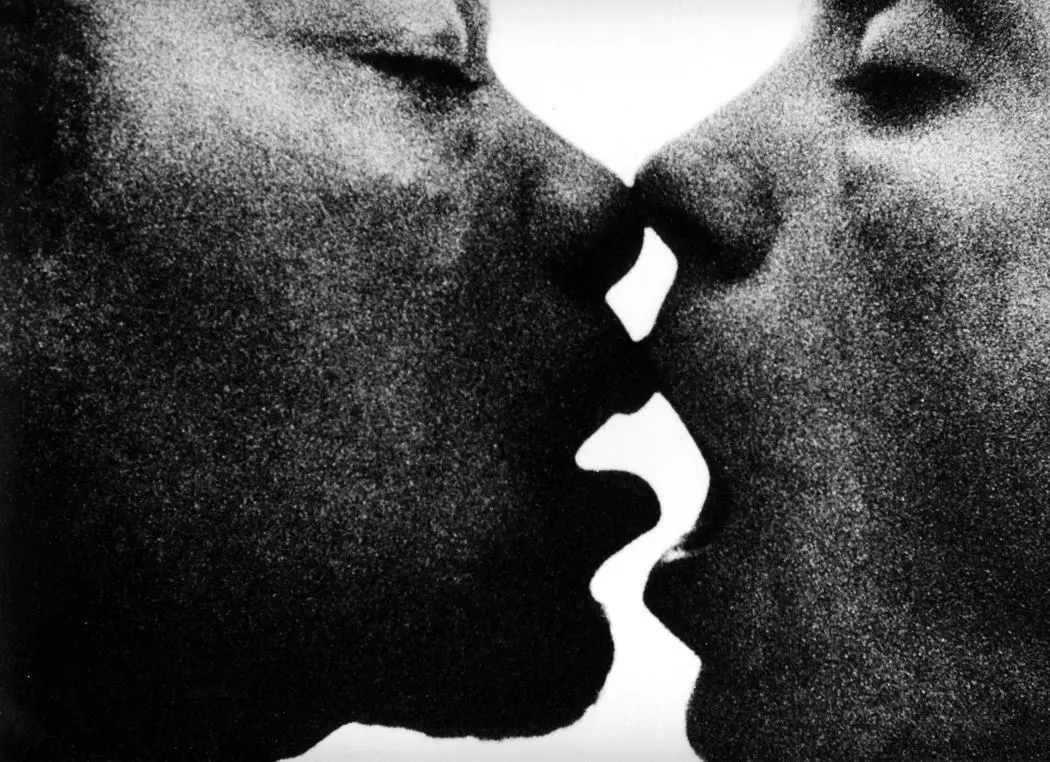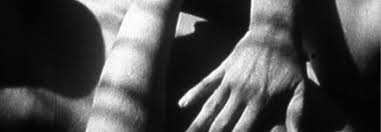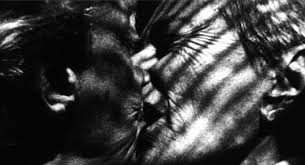Barbara Hammer: The Queer Gaze That Rewrote Cinema
- Written by Mx. Varsha

- Jan 7
- 4 min read
Updated: Feb 27

Some artists don't just leave behind a body of work—they leave a way of seeing. Barbara Hammer, the pioneering lesbian experimental filmmaker, didn’t just expand cinema; she fractured and reassembled the gaze itself. For someone like me, who never attended film school, Hammer has been a constant and rebellious mentor through the screen, teaching me that art doesn’t demand permission, just conviction. Her work is essential not just because of what it shows, but because of what it invites us to question.
I came to Hammer’s films like most people come to revelations—accidentally, then all at once. The first time I watched Dyketactics (1974), I was struck by the sheer audacity of it: a montage of sensual, fragmented images of women’s bodies in nature, free and unshackled from the patriarchal gaze, alive in their own pleasure. It is considered to be one of the first lesbian-made films to depict lesbian love-making. It felt like a love letter to queer desire, saying, "This is how we see ourselves." It felt as if Hammer had taken the camera and turned it inside out, revealing not just her subjects but her process, her intention, her care.
Visibility is a form of resistance. –Barbara Hammer

The Artist as Process: Barbara Hammer
Hammer’s philosophy was inseparable from her process. Her films served as extensions of her body, politics, and love. She didn’t create films so much as she conjured them, using found footage, scratched negatives, hand-drawn animations, and experimental editing techniques to construct visual poetry. She treated the filmstrip itself as a living, breathing thing—scratching it, painting on it, layering it with soundscapes that felt like whispers from another world.
Stills from Sanctus.
Her work was visceral and tactile, often shot on 16mm—a medium that carried the texture of imperfection, the hum of analog intimacy. In Sanctus (1990), she used X-ray footage to explore the fragile beauty of the human body, layering it with an almost spiritual reverence for mortality, merging scientific imagery with artistic expression. Hammer wasn’t afraid to get her hands dirty, both literally and metaphorically. She believed in filmmaking as a physical act, something deeply personal and political, inseparable from the body that made it.
For me, Hammer’s process was a revelation. Having learned filmmaking through work, trial, and error, her hands-on experimentation felt like a permission slip to break the rules, to see imperfection as truth. Watching her films, I didn’t just learn about framing or editing—I learned about risk, about the courage to let your work carry the weight of who you are.
I’m not interested in perfection, but in process.
–Barbara HammerStill from Women I Love.
A Gaze That Liberates
Central to Hammer’s work was her exploration of the gaze—who looks, who is looked at, and who gets to look back. In a world where the camera often serves as an instrument of domination, Hammer turned it into a tool of liberation. Her films, whether documenting queer desire or reimagining history, always asked: Who is watching? And how do we watch without taking? It’s the same question I constantly ask, a reminder that art must tread with care even as it disrupts.
In Nitrate Kisses (1992), she juxtaposes archival footage of queer history with intimate scenes of lesbian couples, creating a dialogue between past and present, desire and erasure. The film doesn’t just show—it confronts, implicates, and mourns, emphasizes the importance of preserving these narratives. Hammer’s gaze was never passive; it was active, disruptive, and deeply empathetic. She understood that the act of looking is never neutral, and she wielded her camera as both a scalpel and a balm.
As a queer filmmaker, her work feels like an invitation to explore identity as something that flickers, shifts, resists containment. Watching Hammer taught me that the gaze isn’t just about what you capture; it’s about what you refuse to flatten.
Art vs. Artist: A Life Lived as Legacy
For Hammer, the boundary between art and artist didn’t exist. Her life was her canvas, and her films were extensions of her body, her politics, her love. In interviews, she spoke about filmmaking as an act of joy, rebellion, and community. Even in her later years, while battling cancer, she continued to create, to speak, to insist that art must remain political and personal.
Hammer’s legacy isn’t just in the films she made, but in the possibilities she opened. She showed queer artists that our stories were worth telling—not later, not when it was safe, but now, loudly, unapologetically. She inspired countless artists to experiment without fear, to see filmmaking as an act of care, and to carve out space where none was given. My short film, Bodies of Desire, was deeply influenced by Hammer’s process and exploration of intimacy and the gaze, and I owe much of its emotional and visual language to the pathways Hammer carved.
For me, Hammer is a reminder that art isn’t about mastering the craft—it’s about connection. It’s about allowing yourself to be seen, and in doing so, creating space for others to see themselves.
The Endless Echo
Barbara Hammer didn’t just document queer lives—she carved space for them, scratched them into celluloid, made sure we could see ourselves outside the gaze of those who never tried to understand us. Her films weren’t just about visibility, but liberation. A body of work that pulses, rebels, and loves in equal measure. To look at her films is to feel seen—not in the way the world demands, but on our own terms.
What Hammer leaves behind is a lineage, a quiet revolution of queer artists who see her films not as monuments, but as conversations. She taught us that to make art is to insist on your own visibility, to carve out a space in a world that so often denies you one.
Every time I return to her work, I feel that same quiet urgency, the pulse of her process, the depth of her gaze. Barbara Hammer didn’t just teach us how to see—she taught us how to be seen. And for that, she will always be essential.
Disclaimer:
All images used in this post are sourced from the internet and used solely for educational and commentary purposes. They remain the property of their rightful owners. The opinions? Purely ours. And shared to inspire thoughtful conversation.









